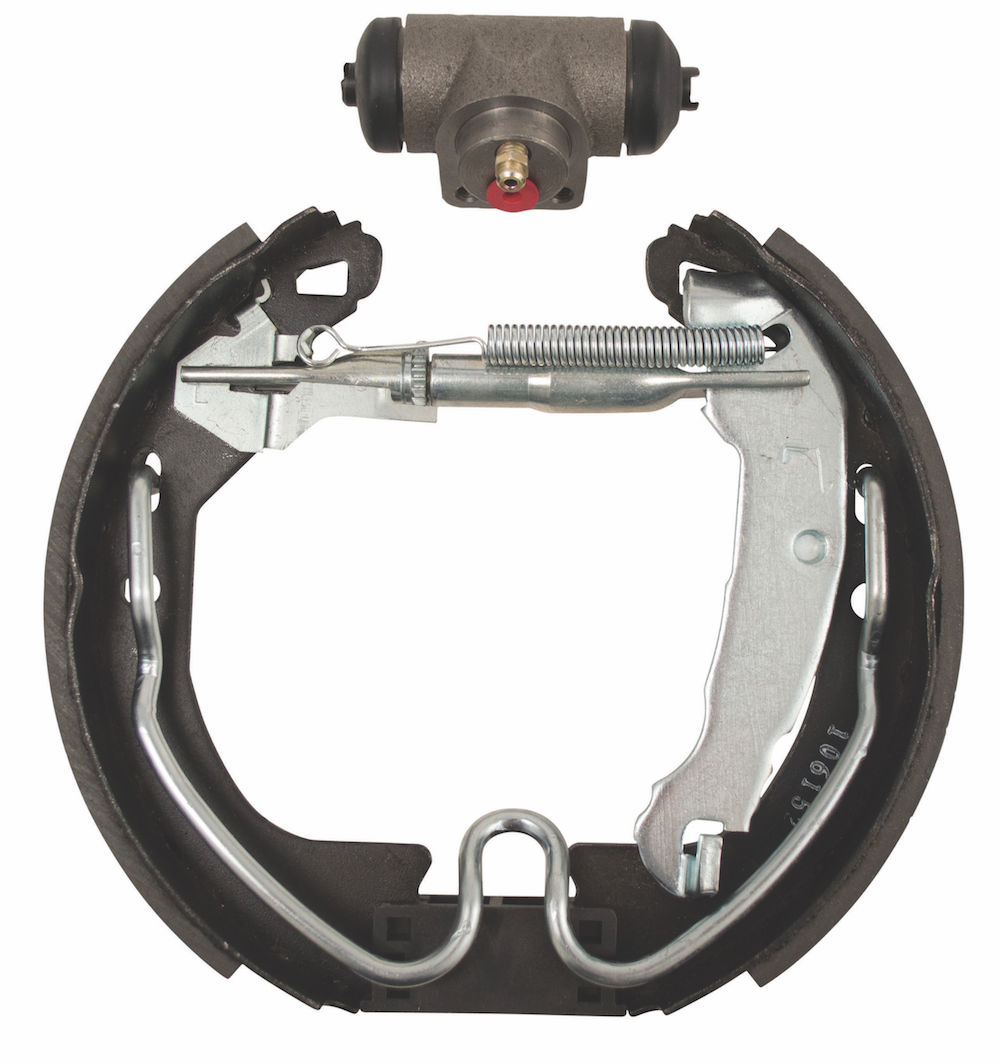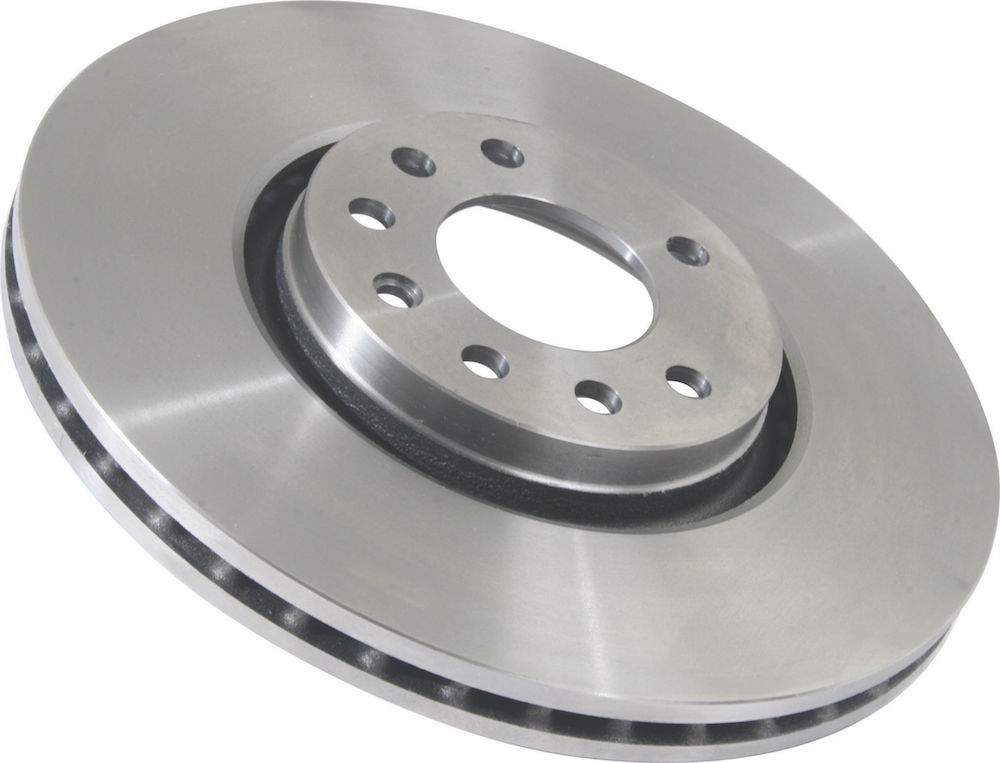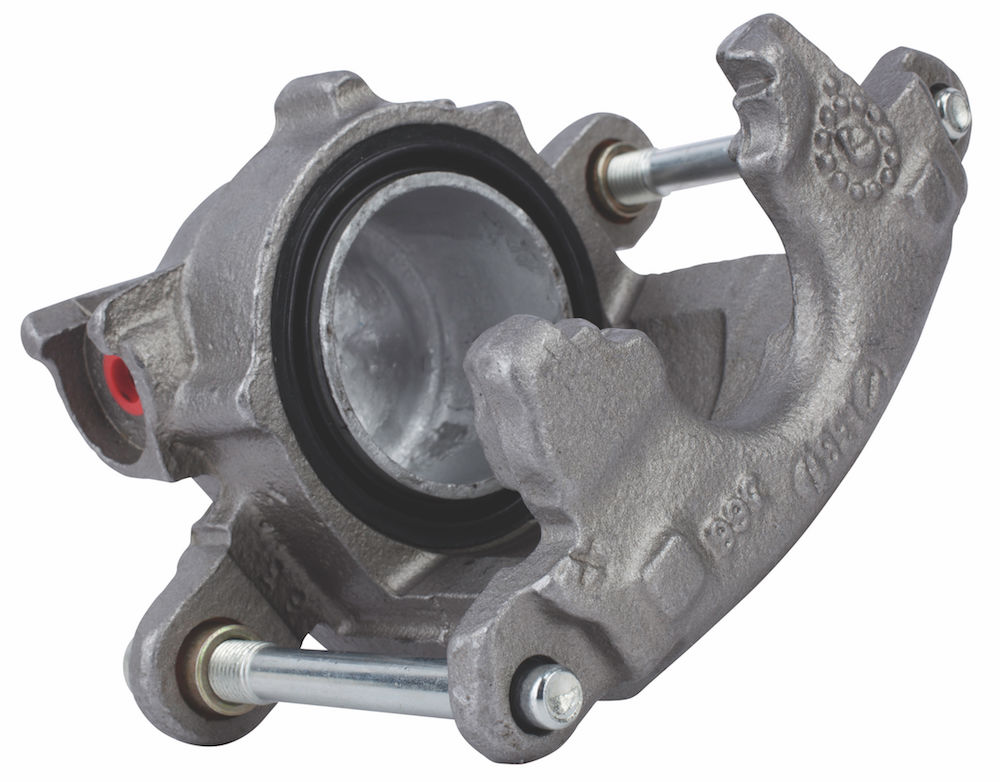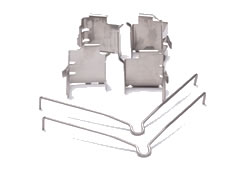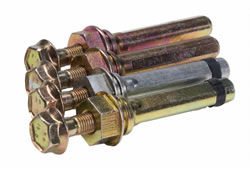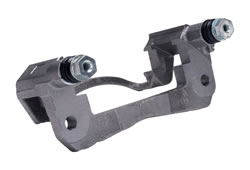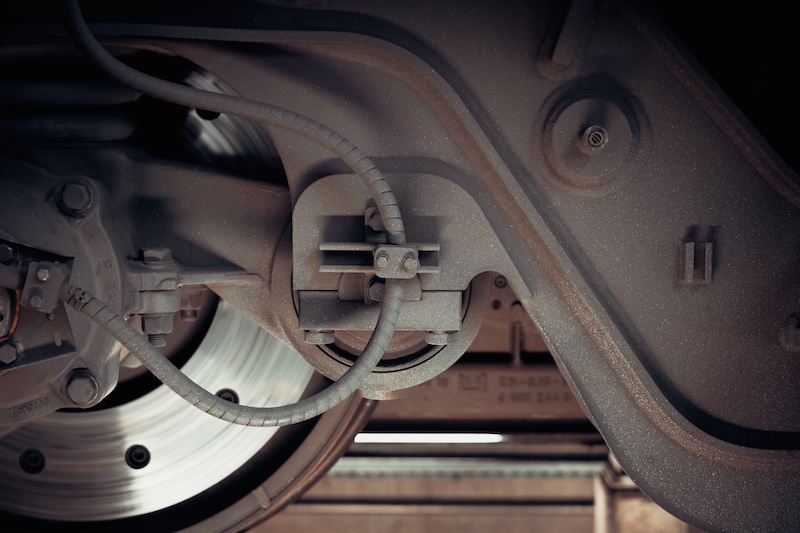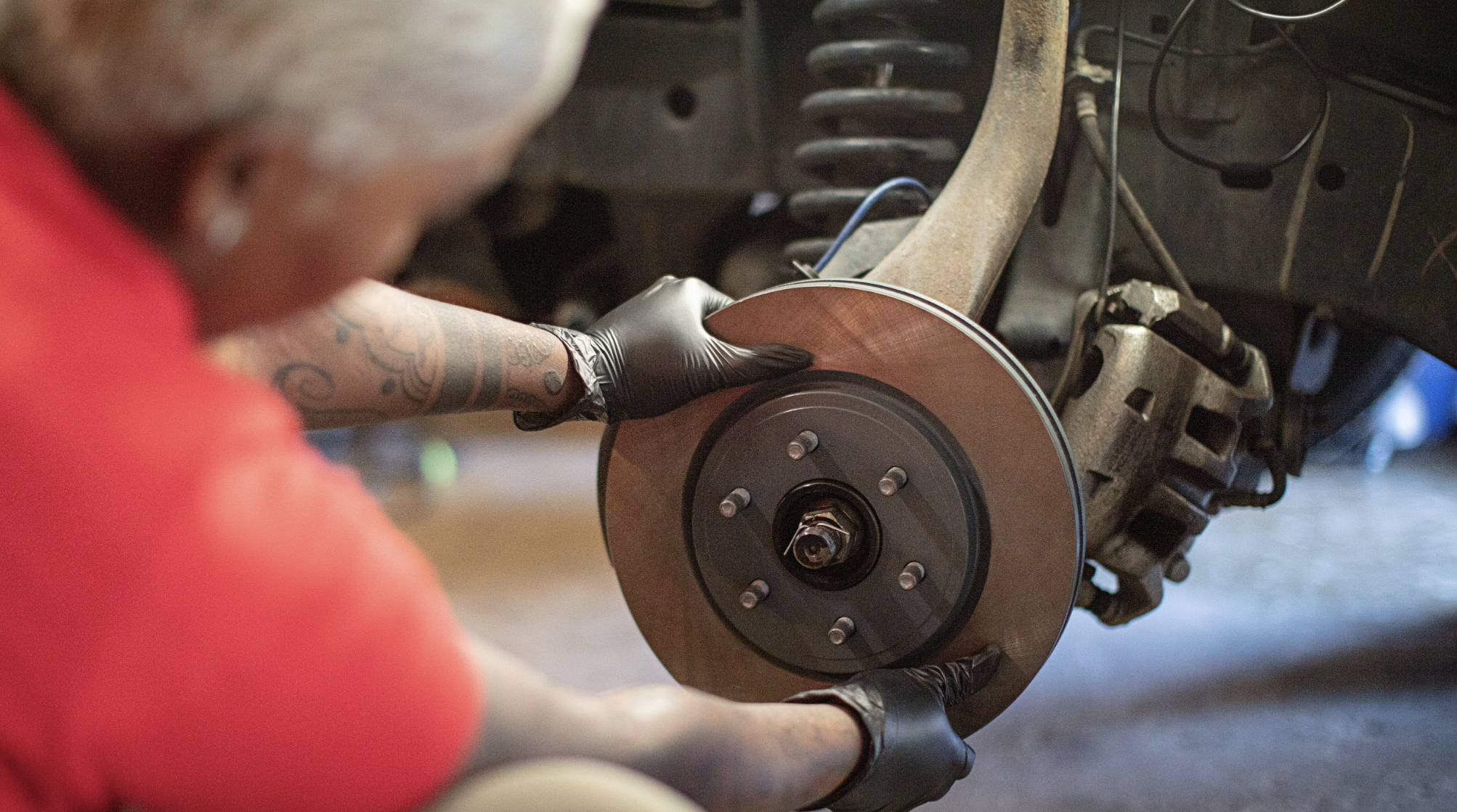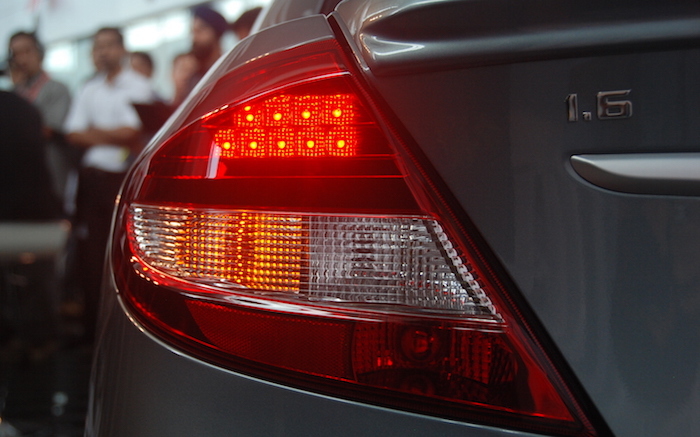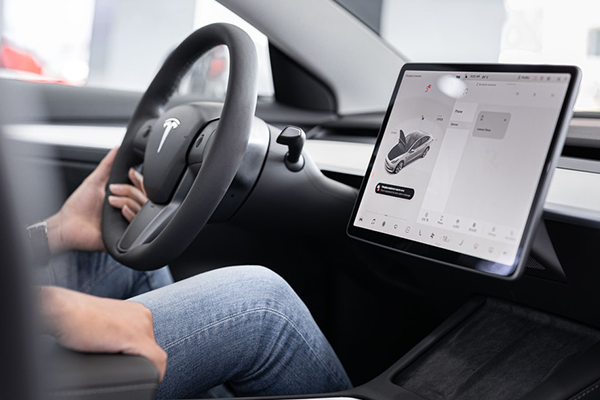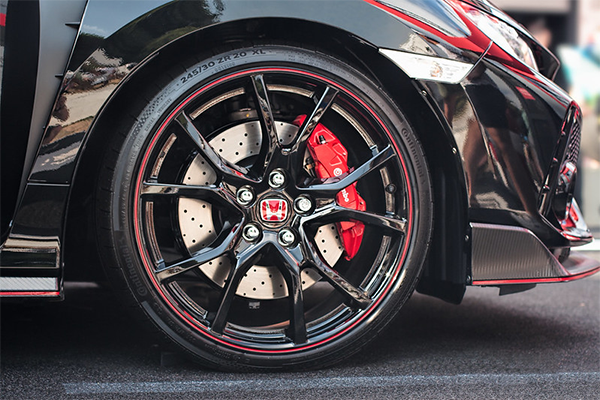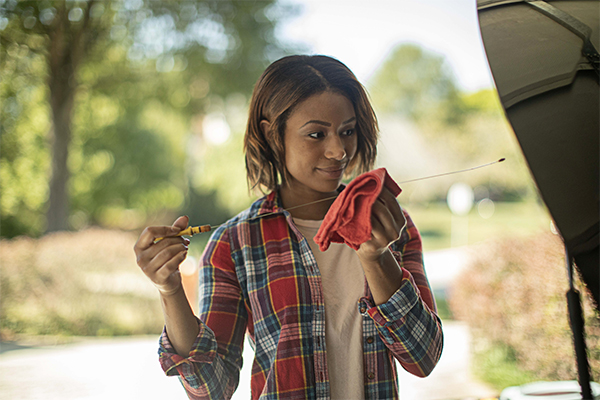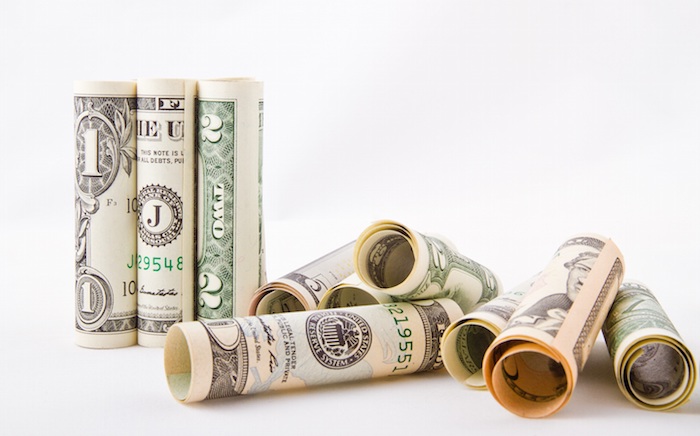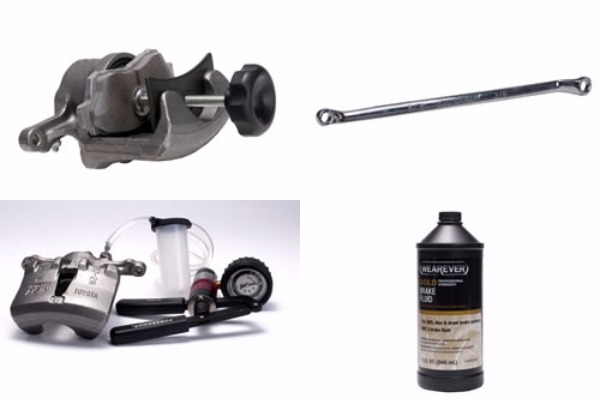Your vehicle's braking system is an important piece of the safe-driving puzzle. Here we'll give you an overview of its many components, including the pros and cons of different types of brake pads. Some of this info may help you diagnose brake issues you may be having. If not, dig in deeper by troubleshooting your brake system. When you're ready to take on the repairs, here's a list of a few basic tools to get started.
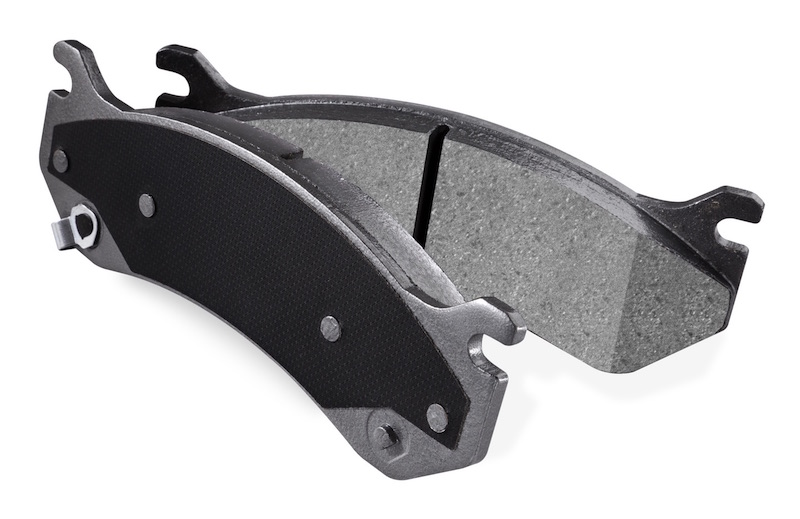
Semi-metallic brake pads
Brake pads
Braking power may be severely reduced if your brake pads are worn thin. Worn brake pads are not only dangerous, but will cause expensive rotor damage if neglected. That said, knowing which kind of brake pad to use for your vehicle can be a challenge. So here's a brief overview of each and our bottom-line recommendations.
Non-asbestos organic (NAO)
- Pros: Inexpensive, quiet
- Cons: Wear quickly
NAO brake pads are made with organic fillers like carbon, rubber, and Kevlar. The fillers dissipate heat and dampen vibrations. NAO brake pads are still standard on many vehicles because they work well, are inexpensive, and quiet. But, there's one major downside: they're soft and generally don't last as long as other more expensive formulations.
Semi-metallic
- Pros: Stopping power
- Cons: Noisy, dusty
Called “semi-mets” by the pros, semi-metallic brake pads are filled with metal fibers. The fibers pull heat away from the rotor and transfer it to the metal backing plate to reduce overheating and brake fade. That’s why semi-metallic brake pads provide ultimate stopping power. But, they’re not perfect.
Since they’re the hardest of all pad materials, semi-metallic brake pads tend to chew up rotors faster. They also make the most noise. In fact, semi-metallic brake pads are notorious for squealing during stops. And, they produce rusty, brown brake dust that’s guaranteed to dirty up your fancy, aluminum rims.
Ceramic
- Pros: Stopping power
- Cons: Range in quality
No one likes dusty, noisy brakes. Ceramic brake pads are designed to come as close as possible to the braking performance of semi-metallic brake pads, without the noise, dust, and worn brake rotor issues. A large percentage of new cars come equipped with ceramic brake pads right from the factory. But shopping for ceramic brake pads can be difficult because every manufacturer uses a different formula.
When shopping for ceramic brake pads, a higher-priced ceramic brake pad is an indication of its quality. In other words, don't replace a factory ceramic brake pad with an economy model and expect to get the same braking performance.
COMPARE BRAKE PRODUCTS

Usage & Elements style="transform: display: inline-block; color: #FC0"> v
Shop Now
Usage & Elements style="transform: display: inline-block; color: #FC0"> v
Shop Now
Usage & Elements style="transform: display: inline-block; color: #FC0"> v
COMPARE BRAKE PRODUCTS
Features & Benefits
Usage & Elements


